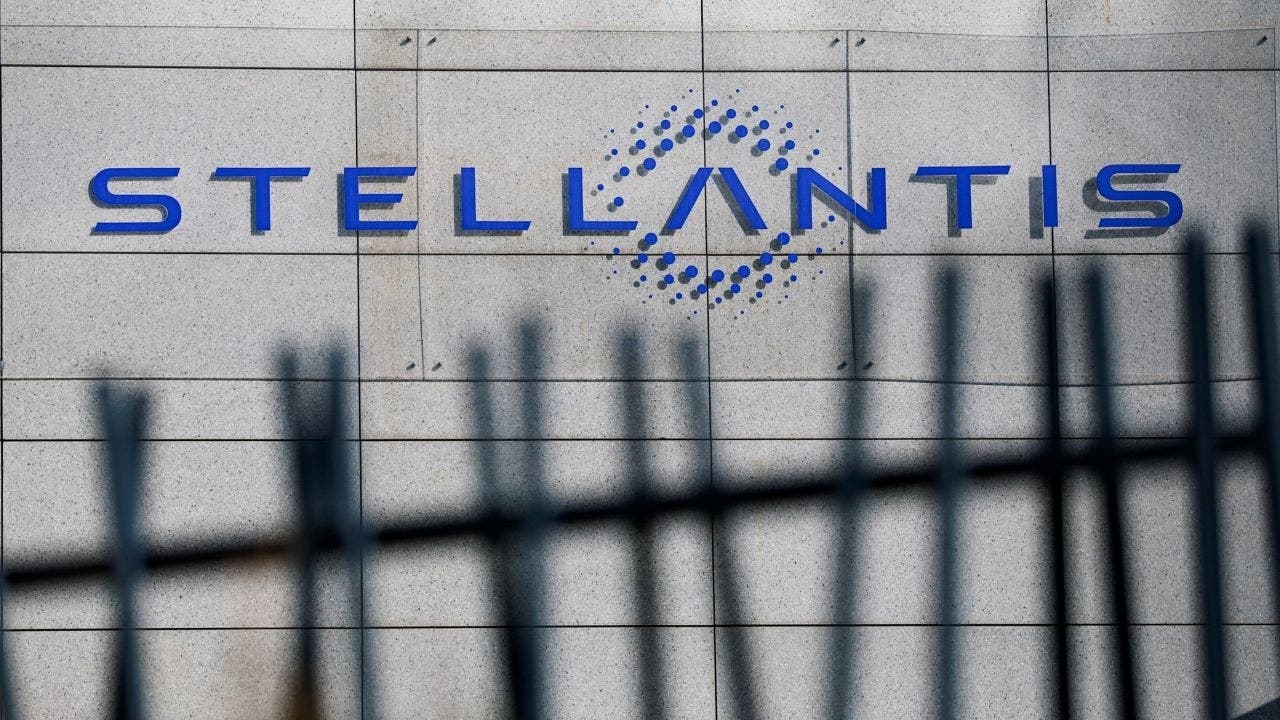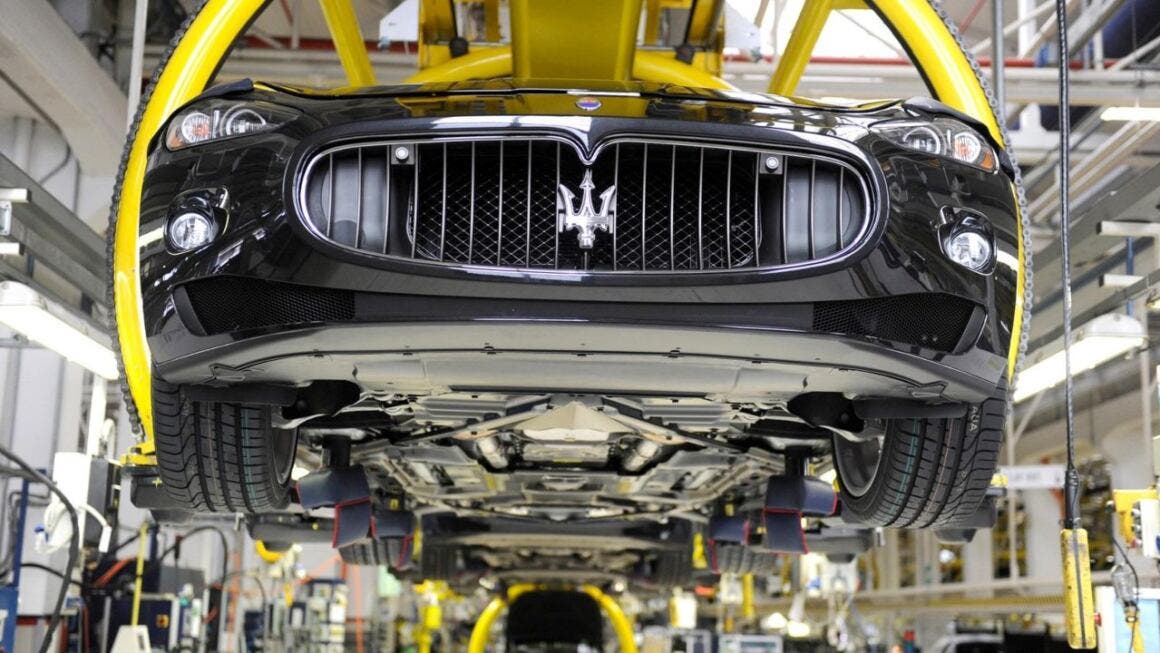Prospects for Stellantis are becoming increasingly grim. If the European Union does not intervene with a revision of current regulations, the group born from the merger between FCA and PSA could find itself facing a €2.5 billion fine. A risk that has pushed the company, now led by new CEO Antonio Filosa, to take a firm position and issue a real ultimatum to Brussels.
Stellantis issues ultimatum to EU: Less efficient factories at risk

The warning came from Jean-Philippe Imparato, head of Stellantis‘ European business: “Either we double electric vehicle sales, or we’ll have to eliminate internal combustion models, with the consequent closure of some plants.” Words that underscore the crisis state of an automotive industry under increasing pressure, crushed by stringent environmental regulations and electric vehicle demand well below expectations.
Under the previous leadership of Carlos Tavares, Stellantis accelerated its transition toward electric. However, the results so far have not lived up to ambitions, forcing brands like Fiat to revise their production plans. Although the European Union has granted a three-year extension for compliance with emissions limits, Imparato believes the objectives remain difficult to achieve, especially for an international group that must operate in very different economic and regulatory contexts.

Particularly in the crosshairs are less efficient production facilities or those still focused on internal combustion engines. Italian factories, often involved in previous restructuring, are among those most exposed to closure risk. More secure, however, is the position of Spanish plants, such as those in Vigo and Zaragoza: the latter will launch a new battery production line in 2026 in collaboration with CATL.
According to ACEA estimates, penalties for non-compliance with emissions limits could exceed €15 billion for the entire European automotive sector. Considering that the auto industry represents over 10% of EU GDP, the economic impact of strict regulations without adequate corrective measures could be devastating. Stellantis thus finds itself facing a decisive strategic challenge, aiming to combine environmental sustainability, industrial competitiveness and employment protection in a rapidly and profoundly transforming sector.
